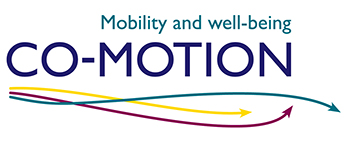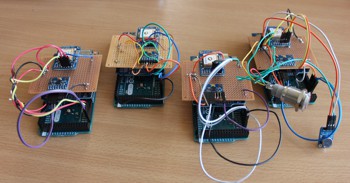
We all experience major changes in our lives, particularly as we grow older, and these changes can make a difference to mobility and well-being.
The ‘Co-Motion Consortium’ secured £1.2M funding from the EPSRC, ESRC and AHRC for a three year ‘Design for Wellbeing’ project investigating the links between mobility and wellbeing in older people.
The consortium, includes University of York Departments (Centre for Housing Policy-project lead, Computer Science, Health Sciences) and SEI based at the University as well as partners from the University of Leeds, University of Newcastle and Northumbria University.
The project aims to create a step-change in mobility and wellbeing in later life. The work will include a longitudinal study of older people in York, Hexham and Leeds who have experienced transitions affecting mobility and wellbeing, and will lead into intensive co-design workshops with older people and local and national stakeholders.
The project has five distinctive, equally ranking objectives:
1. Transitions and time; We aim to explore mobility and wellbeing for older people going through critical but common life transitions such as losing a driving license, losing sight, losing a partner, becoming a carer or starting to use a mobility scooter.
2. Consensus and contradiction; We will investigate and address variation and contradictions in needs of different groups of older people, and between different built environment agendas and guidance.
3. Participation; We will work very closely with a relatively large and diverse group of older people and local stakeholders in the built environment, ageing and wellbeing. Older people and stakeholders will act not only as informants but as co-operators and co-designers.
4. Complements and alternatives; In proposing interventions to promote mobility and wellbeing, we will focus on complements or alternatives to physical design or redesign of the built environment.
5. Impact; In addition to concepts and knowledge the project will also provide a suite of tested models and prototypes: crowdsourcing and participatory GIS for mobility information gathering and analysis; deliberative methods in identifying consensus and priorities; tested prototype technologies to provide alternatives and complements to changes to the built environment; Initial evidence on the impact of prototype technologies on mobility and wellbeing. SEI will be mostly involved in this part of the work and will include using sensors (see figure below) to measure air and noise pollution and other road surface characteristics experienced by mobility scooter users and an app. to assess the impact of the journey on their wellbeing.

Design and development by Soapbox.
